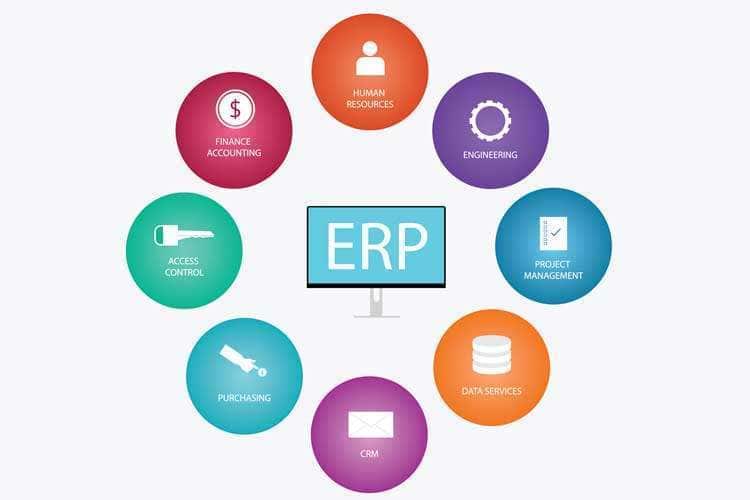-
Here’s How You Can Enhance Your ERP with Software Integration
Your enterprise resource planning (ERP) system is the workhorse of your organization. It standardizes and streamlines an array of core functions while handling tasks like inventory management, manufacturing cost evaluation, and general ledger reconciliation. But as versatile as a good ERP system is, it may not be providing your organization with the latest and greatest solutions. What if you could make your ERP system work harder for you? How would you improve it?
Enter software integration. In today’s technological world, there are a ton of options that can work with your ERP. These software systems integrate seamlessly with your ERP to give you even more control over automating your business proceses. Here’s how you can get started.

Consider The Value of Change
Put together a strategic team to evaluate the applications you’re already using and the benefits of integrating with your ERP. Start your software integration process by understanding which changes will drive value the most. In many cases, sharing information makes your business processes more efficient. But there are also situations where there’s no need to integrate.
For example, you might think incorporating customer relationship data from your sales application is a good strategy. But take a moment to consider who has access to this data. Does an accountant really need to see the marketing list detail? It’d be far more efficient to focus on integrating accounts payable information or setting up a digital document management system.
Evaluate IT Resources
Having a strategic planning team is a good first step. But even if they put together a perfect plan you still need the resources to fulfill their vision. Otherwise, your software integration projects can end up on a back burner indefinitely. Take into account how big the IT staff is in your organization, what their core responsibilities are, and whether or not you can find bandwidth to take on new projects.
If your resources are limited, then your team needs to consider working with an outside vendor to achieve all of its integration goals. A software supplier like NextProcess, for example, is very involved with the setup of new software. If you buy from us, we’ll handle much of the setup and integration. And that means you can get all the benefits of integrating software with your ERP without putting additional strain on your IT department.
Talk With Your Suppliers
What we’ve talked about so far involves software integration within your organization. But once you’ve enhanced your ERP system in-house, you can also benefit from Business-to-Business software integration with your suppliers. Reach out to your suppliers and find out if they’re willing to participate in a true B2B software integration.
Your larger vendors may be willing to provide you a data file of invoices which you can automatically load into the ERP. And after you’ve integrating purchasing and payables software into your own ERP system, your organization could send purchase order information to your suppliers electronically as well. This lets you manage your purchasing and payables seamlessly.
Manage Incoming Documents
Not all of your suppliers will be large enough to justify a direct integration to your ERP system. In these cases, use a front-end solution to manage your documents. Third-party vendors with mailroom, imaging, and data capture services can provide the missing link between your suppliers and your software systems.
For example, you could work with an AP automation provider who takes in your invoice volume and uses workflow tools to automatically process and load them into your ERP system. Similarly, a document management provider can scan paper files into an accessible repository for your information. And when your records are digital, they’re easier to store, access, and search. This has the added bonus of simplifying audits.
Look At Software Costs
Most ERP systems include extra charges if you add more users. But many third-party vendors, including NextProcess, don’t charge for additional user licenses. Choose a software provider who can automate your AP or manage your purchasing system for a fee that’s based on your actual use of the software, not the number of employees using it.
Integrating software like this with your ERP lets you create one front-end system which anyone in the company can access. That lets the larger percentage of your employees interact with user-friendly systems that don’t cost you extra money per user. Then you can leave your ERP system for more dedicated users, which saves money and helps keep information secure.
Find Software To Integrate
If you’re ready to get started integrating business process software with your ERP system, then you’ll need to find a third-party vendor that can fill your software needs. NextProcess offers a complete suite of programs that you can use together or separately to manage Accounts Payable, T&E reports, Capital Projects, Purchasing, and Document Storage.
Our software integrates seamlessly with ERP systems including SAP, Oracle, Microsoft Dynamics, Sage, NetSuite, Epicor, and more. If your ERP system (or systems) isn’t on this list, just ask us. We can work with most ERPs. Just contact NextProcess today to see all the ways our technology can help you maximize the power of your ERP system.
